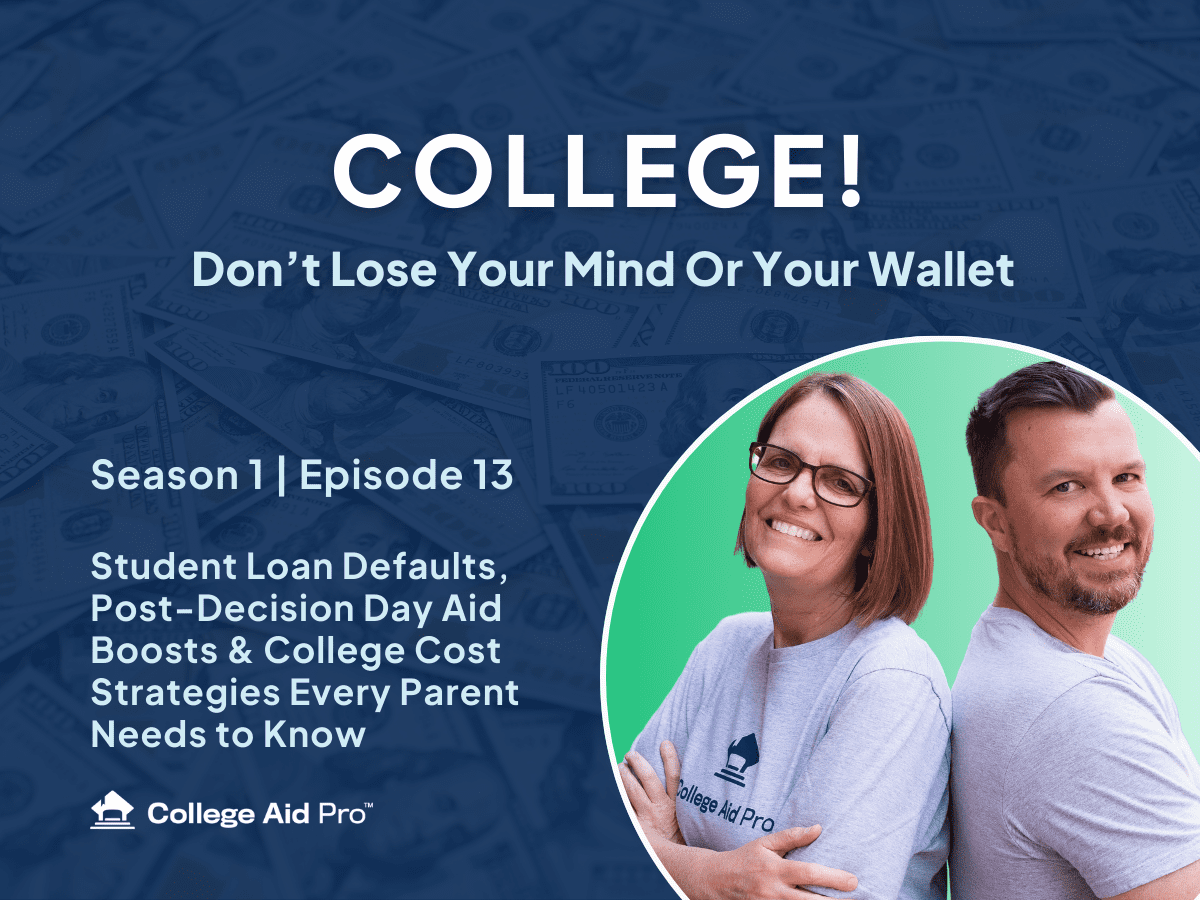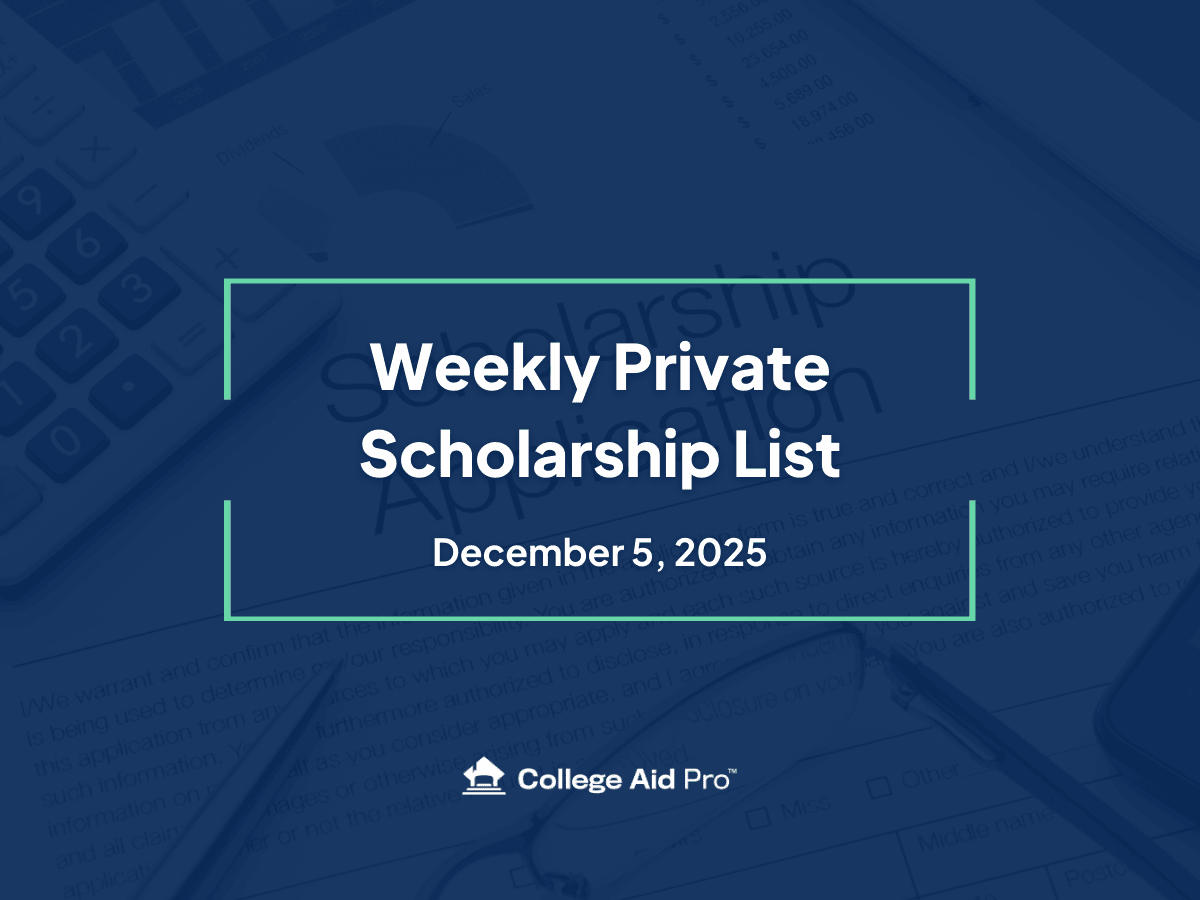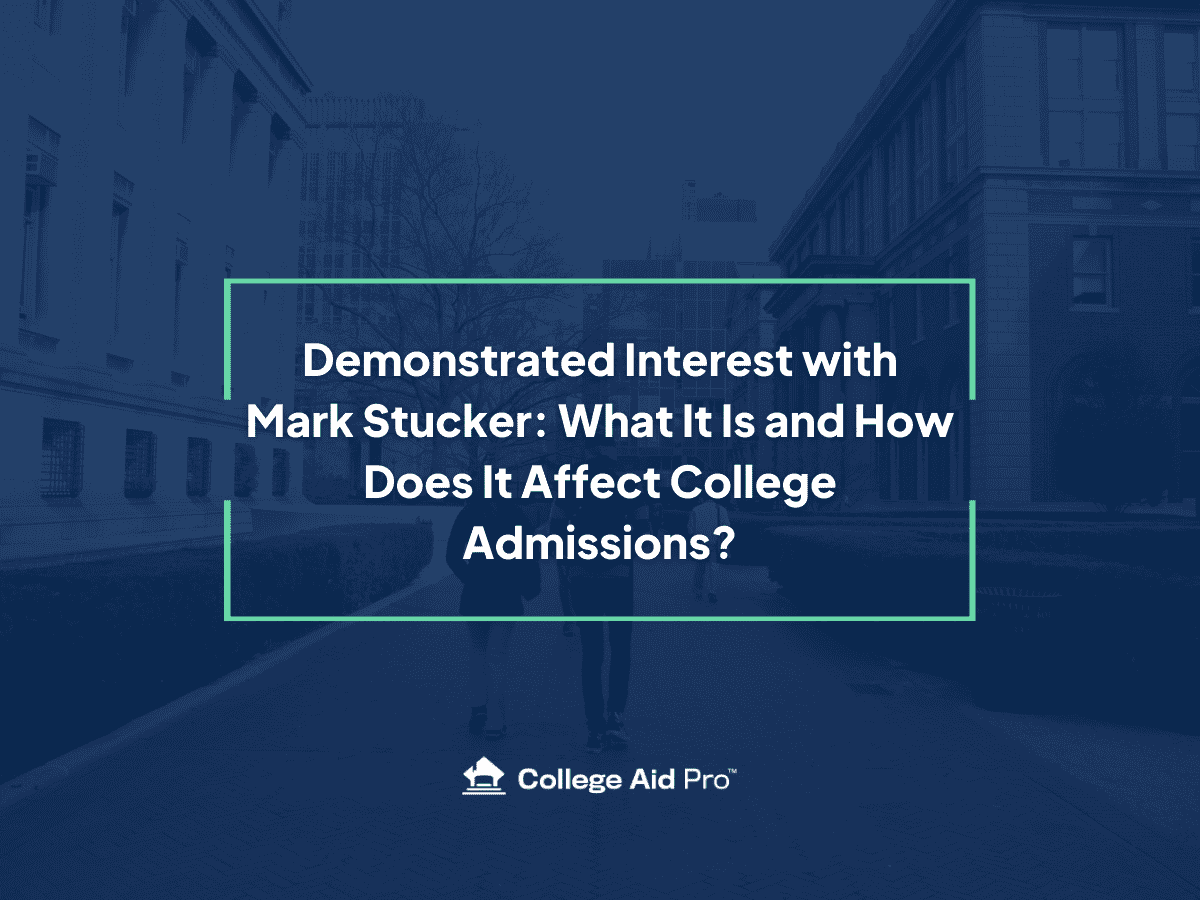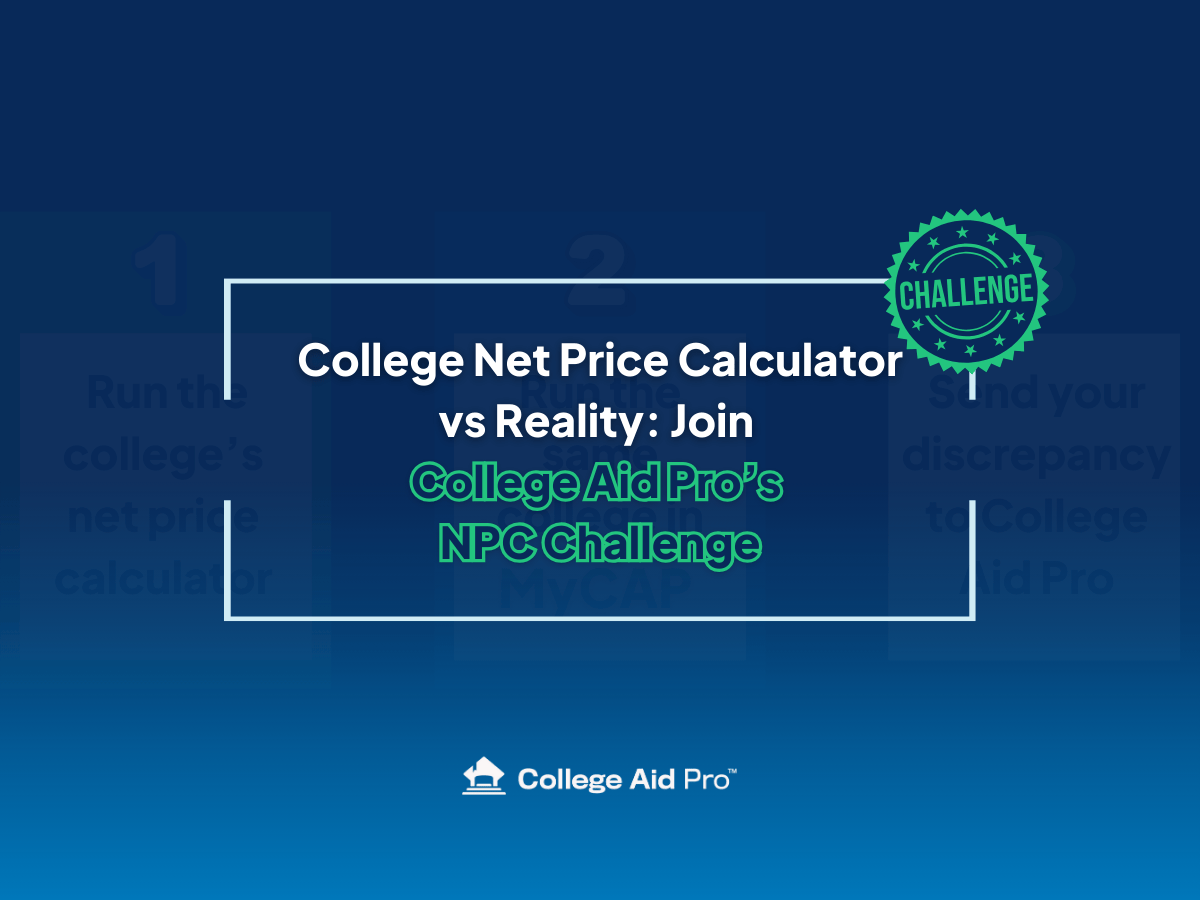Student Loan Defaults, Post-Decision Day Aid Boosts & College Cost Strategies Every Parent Needs to Know
As spring unfolds and high school seniors make their college commitments, many parents, especially those juggling the emotional and financial weight of college planning, are facing big questions. What if student loans are in default? Is it too late to negotiate financial aid? Are colleges really nonprofits, or is there more to the story?
In this week’s episode of the College! Podcast, Matt Carpenter and Peg offer a direct, timely update on student loan repayments, surprising post-May 1 financial aid offers, and the not-so-transparent ways colleges determine what families pay. Whether you’re a parent of a college-bound teen or already navigating existing student debt, here’s what you need to know.
💥 Federal Student Loans in Default: Payments Are Back
If you or your child have federal student loans in default—meaning no payment has been made in at least 270 days—brace yourself. As of May 5, 2025, the government is resuming collections after a five-year COVID-era pause.
What’s Changing?
- Defaulted borrowers must start making payments again.
- If you don’t act, the government may garnish wages or withhold Social Security.
- Borrowers (including parents with Parent PLUS loans) must log into StudentAid.gov to view and manage loans.
What Should You Do?
“Action absorbs anxiety,” Matt reminds listeners.
- Retrieve your FSA ID and get into your loan dashboard.
- Choose a manageable repayment plan. If you don’t, the system may auto-enroll you in the highest payment option.
- Avoid damaging your credit. Missed payments can tank your score—and even affect job opportunities.
For busy parents and recent grads managing other finances, this is your wake-up call. It’s easy to put off debt management—but the longer you wait, the higher the stakes.
💸 Financial Aid Offers After May 1? Yes, It’s Happening
Traditionally, May 1 is considered “Decision Day”—the last chance for seniors to commit to colleges. But this year, many schools are still scrambling to fill their incoming class, and that means…
🟢 The Door to More Aid Is Still Open
Peg shared examples of families receiving $15,000+ in extra aid offers after May 1. Why?
“Colleges didn’t hit their enrollment targets,” Peg explains. “They’re parting with revenue to lock in students.”
Colleges are businesses—even if they’re technically nonprofits. When deposits fall short, they recruit back students with more money.
What Can Parents Do?
- Appeal your aid package—yes, even after committing.
- Watch for new offers from colleges your student declined.
- If you’re already enrolled, ask for more each year. Upperclassmen are not locked into original aid packages.
Peg emphasized: “If you don’t ask, you don’t get.” Her own son and nephew both received additional scholarships after enrolling—just by asking.
🧠 Behind the Curtain: How Colleges Decide What You’ll Pay
“How do colleges determine financial aid offers?”
A recent article by Ron Lieber of The New York Times revealed that colleges use private equity-backed firms and sophisticated algorithms to maximize what families are willing to pay—without losing them as enrollees.
Colleges spend millions on targeted marketing:
- They analyze zip codes, social media habits, PSAT data, and even public income records.
- They use this data to predict your willingness to pay—and offer discounts just high enough to keep you on the hook.
“This isn’t about mission—it’s about margins,” Matt says. “Colleges are playing the game. Parents have to play it, too.”
📣 New Accountability Rules for Colleges: A Long-Overdue Shift
The Department of Education is finally demanding more from colleges. A new proposal would hold schools accountable based on how well their graduates repay student loans.
Here’s the proposed impact:
- If 30% of a college’s borrowers default for 3 years, they lose federal aid eligibility.
- If 40% default in just 1 year, same consequence.
This is a step toward what we like to call the “Era of Accountability.” If colleges are going to charge six-figure tuition, they need to prove that investment pays off.
⚠️ Proposed Cuts to Programs That Help Disadvantaged Students
In contrast to the accountability push, the 2026 budget proposal includes massive cuts to TRIO, GEAR UP, and federal work-study programs—which have historically helped low-income and first-generation students attend and succeed in college.
“These programs are life-changing,” Peg says. “Cutting them deepens the divide between the haves and the have-nots.”
Parents can take action by calling their representatives and making their voices heard.
✅ Final Thoughts for Parents
If you’re a trying to balance college dreams with financial reality, here’s what this week’s episode reinforces:
- You have more power than you think. Appeals work—at every stage.
- College is a business. Stop approaching it like a charity.
- Don’t let fear or avoidance win. Take action, advocate, and plan strategically.
And Most Importantly…Don’t Go It Alone!
Whether through financial planners, school counselors, or softwares like MyCAP and our team at College Aid Pro, you can make smart decisions that protect your child’s future and your retirement. Subscribe to College! for continued updates and expert advice as we navigate this evolving landscape together.




